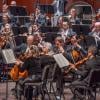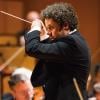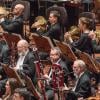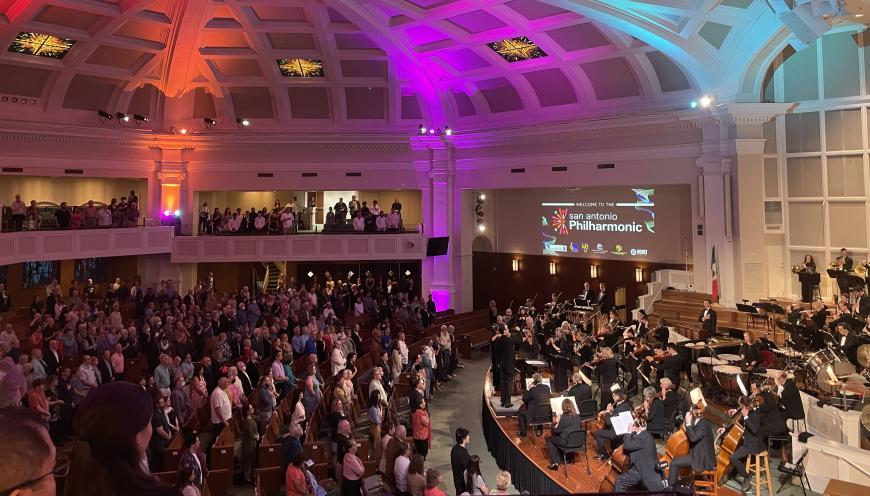
When the Symphony Society of San Antonio announced the dissolution of the San Antonio Symphony on June 16, the decision made the city of 1.5 million the largest American city without a major orchestra.
The blow came after a nine-month-long strike, at the end of which the leadership of the 83-year-old orchestra, the oldest in Texas, declared Chapter 7 bankruptcy and disbanded the ensemble.
“When you have a major American city which is not able to support an orchestra, it loses history and tremendous inspiration which has been brought to the community,” The New York Times quoted Simon Woods, president and chief executive officer of the League of American Orchestras, as saying. “It’s just incredibly sad.”
Just two months later, the musicians and their community supporters formed a new orchestra called the San Antonio Philharmonic, which has performed several concerts already and has announced a large, ambitious first season.
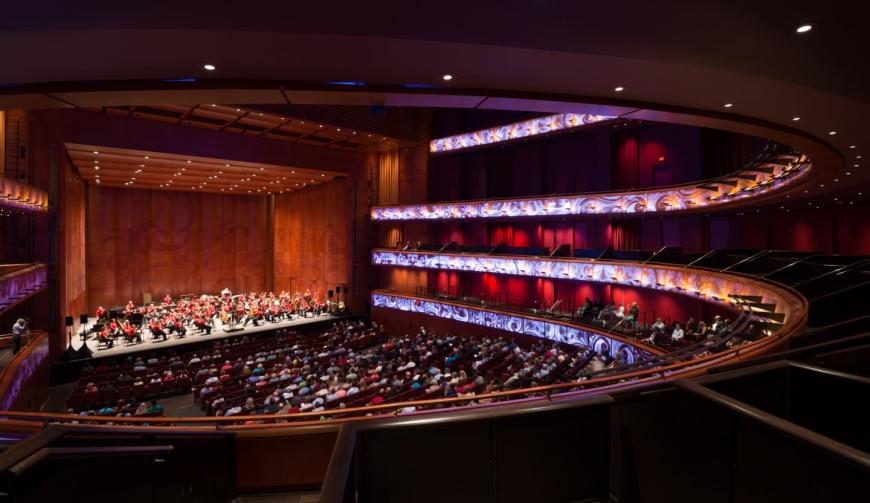
Guest conductor Ken-David Masur told the audience after the initial concert: “San Antonio, this is your Philharmonic!”
“The new Philharmonic gives a historic opportunity to do something special and lasting,” said President Brian Petkovich. “We are determined to instill in our neighbors the excitement of great music, to move audiences emotionally during a time of disruption and change. Our programming and outreach will honor the history, diversity, and culture of San Antonio.”
The first three of five Young People’s Concert programs took place less than a week after the opening classical concert weekend. A total of 4,228 students from 41 public schools attended at a rural high school. One hundred percent of the schools reported having Title I (lower income) status.
During this first season, concerts are being presented in the large sanctuary of the First Baptist Church of San Antonio, located downtown. The new orchestra also acquired such assets from the former San Antonio Symphony as music scores, historical archives, recordings, and music stands.
“We are gratified that materials belonging in San Antonio stay in San Antonio,” said Petkovich. “They reflect 83 years of San Antonio’s cultural history.”
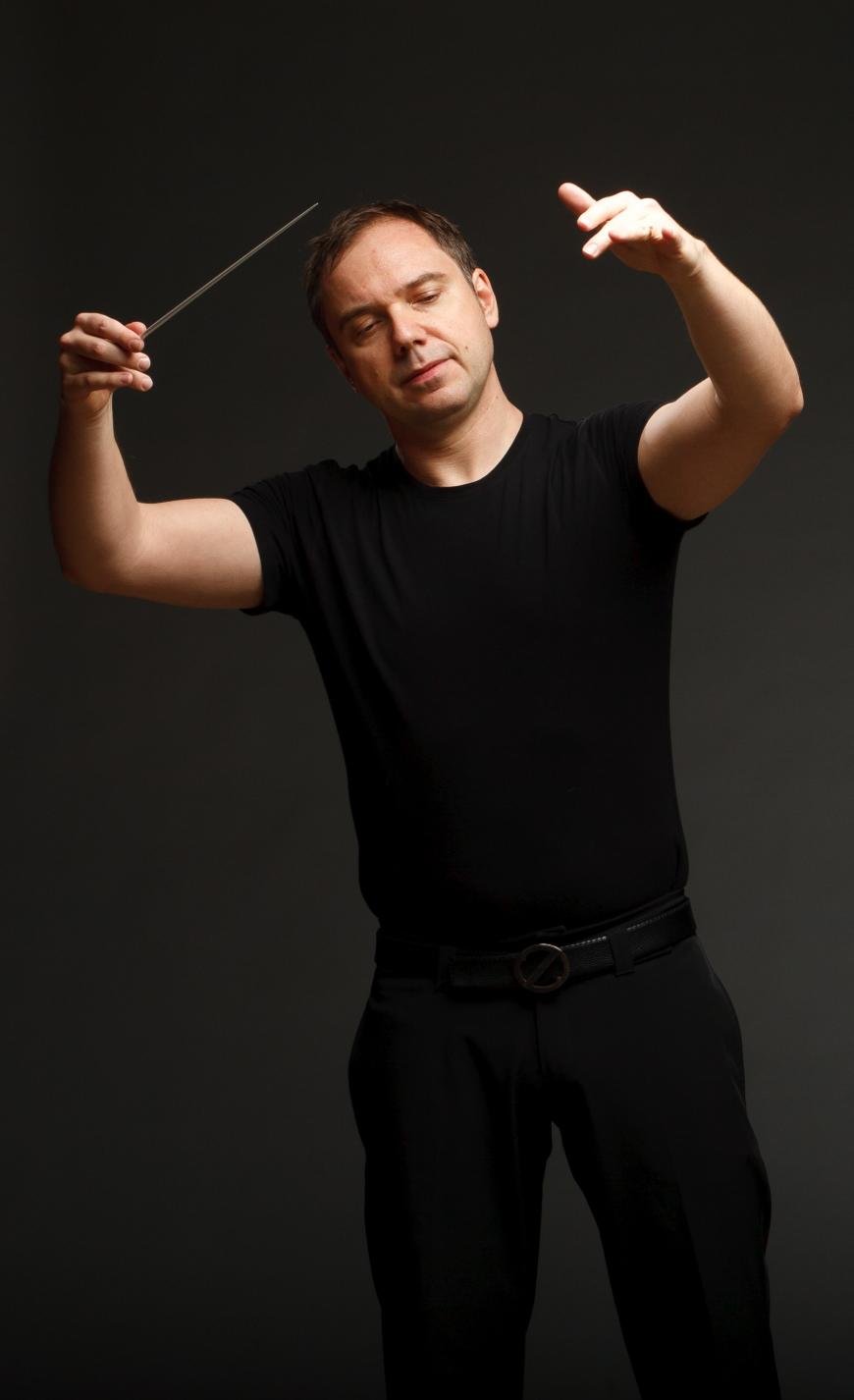
Sebastian Lang-Lessing, the Symphony’s last music director (2010–2020) and one of the Philharmonic’s guest conductors, was fighting for the musicians during the long strike, and back then he said:
“The board of the San Antonio Symphony Society shows no respect for heritage, culture, and legacy. Max Reiter founded the orchestra in 1939 and developed it during the years of World War II into the first full-time professional orchestra in Texas and a major player nationally — a Jewish immigrant fleeing the Nazis.
“Dissolving this out of sheer arrogance and not being able to admit their own failure is destroying the history of San Antonio and the legacy of the founding families.”
Now, Lang-Lessing is returning to the city Oct. 28–29 to lead the Philharmonic in a program of Dmitri Shostakovich and Richard Wagner. He wrote from Seoul, where he has been conducting Korea National Opera performances:
“Congratulations to the entire team SA Phil for saving the library! This is huge and one of the most important parts of the artistic history and DNA of an orchestra. Looking forward to being back soon and making music with these wonderful, dedicated artists. Stay strong SA Phil. The future is bright.”
Rejoicing in the orchestra’s resurrection, Garrett Keast, guest conductor of the Philharmonic’s concerts last week (with a program of Max Bruch, Florence Price, and Antonín Dvorák), said:
“What impresses me so much about these SA Phil musicians is their will to continue. I was speaking with them just days after the San Antonio Symphony announced it was closing, they were already organizing and finding a way forward.
“I grew up with the Houston Symphony, studied in Austin. I always followed them, and I knew San Antonio was one of the most important cities for classical music in the state. Then I conducted them a few times in the opera and in concerts. It’s a great city, a major city, a city full of a fascinating mix of cultures.
“I've conducted orchestras all around the world and find them right up at the level I’m used to working at in Berlin, Copenhagen, and Hamburg. The last time I was there was during the pandemic. We played a very difficult program of Stravinsky and Copland with two yards between each musician, and they played wonderfully with masks and distance. It’s an impressive orchestra full of top talent from all around the U.S.”


